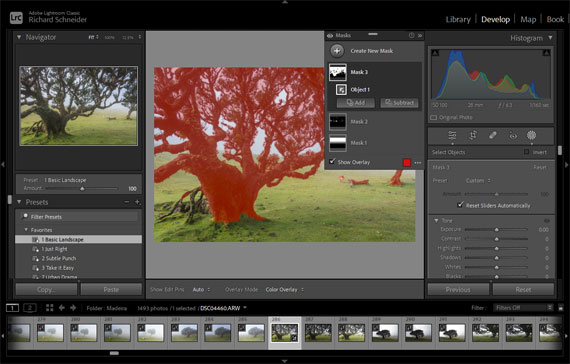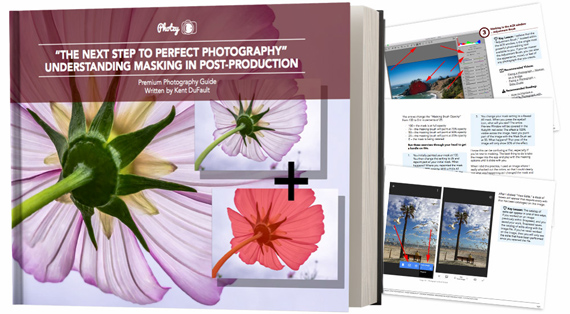Relevant note: only hours left for the Masking Photo Editing Guide at 68% Off
The art of photography has been inseparable from the techniques employed in editing and post-production. Among these, masking stands out as an invaluable tool that has allowed photographers to perfect their images, manipulate backgrounds, and create composite pictures with intricate detail. But masking in photo editing isn’t something that came about overnight; it has a rich history and has evolved significantly over the years with advancements in technology. In this blog post, we’ll explore the origins of masking and how it has evolved over time with the introduction of new tools and software.

What is Masking?
In photo editing, masking refers to the practice of hiding or revealing specific areas of an image. It allows you to manipulate only a portion of the picture without affecting the rest, offering tremendous control over the final output. The masked area can be edited, transformed, or even replaced altogether, all while keeping the rest of the image intact.
The Early Days: Analog Masking Techniques
Masking has its roots in the era of film photography. Early photographers used a variety of creative techniques to manipulate their photos. This included physically cutting and pasting different pieces of photographs together, painting onto negatives, and even using layers of glass to superimpose images. Though these methods were labor-intensive and required meticulous attention to detail, they were the foundations upon which modern masking techniques were built.
Hand-Made Masks
In the days of the darkroom, photographers would use hand-made masks, often cut from cardboard or paper, to cover parts of an image while exposing a print. These masks helped in dodging and burning, techniques to brighten or darken specific areas of a photograph.
The Digital Revolution
The advent of digital photography and editing software like Adobe Photoshop brought about a sea change in masking techniques. Instead of manually cutting out pieces of film or using physical masks, editors could now use software to achieve the same effect with far greater ease and precision.
Layer Masks
Layer masks in software like Photoshop allowed for non-destructive editing, where changes could be made to one layer without affecting the original image. This gave photographers the freedom to experiment and tweak their masks without worrying about irreversible mistakes.
Clipping Masks
Clipping masks took things a step further by allowing one layer to define the visible boundaries of another. This enabled more complex compositions, like text-filled shapes or images taking on specific forms.
Advanced Features: Smart Masks and AI Tools
As technology has evolved, so have masking capabilities. Smart masks can automatically detect edges and provide a more precise cutout of complicated shapes like hair and fur. AI-powered tools can even recognize objects within an image, making the masking process increasingly automated and accurate.
The Present and Future
Today, masking tools are more advanced than ever, offering features like feathering, variable gradients, and real-time previews. With the constant improvements in computing power and machine learning algorithms, the future of masking in photo editing looks promising.
Masking has come a long way from its humble beginnings in the darkroom. With the continual advancement in technology, this indispensable tool in photo editing is only set to become more sophisticated, providing photographers with even more control over their work. Whether you’re a professional photographer or a hobbyist, understanding the history and evolution of masking can give you a greater appreciation of the craft and inspire you to experiment with new techniques.
So the next time you sit down to edit your photos, remember that you’re participating in a long tradition of photographic artistry, empowered by tools that are the result of decades of innovation and evolution.
For Further Training:
Achieving perfect photography requires more than just in-camera skills in today’s environment. Yes, even the professionals now rely on post-production skills to PERFECT their images. One of the most important photo editing skills to learn is called “Masking” and an in-depth guide is now available to help photographers master it. It is 68% off until the end of the month, October 31, if you want to check it out.
After you read this new masking guide you’ll realize that you are no longer tied to what you find. You can clean up the bugs in your shots. Fix those less than perfect rose petals. Take out that pesky truck that parked right in the middle of your landscape shot.
Ending at midnight: Understanding Masking for Photographers at 68% Off
from PictureCorrect https://ift.tt/D8yPZ0q
via IFTTT







0 kommenttia:
Lähetä kommentti